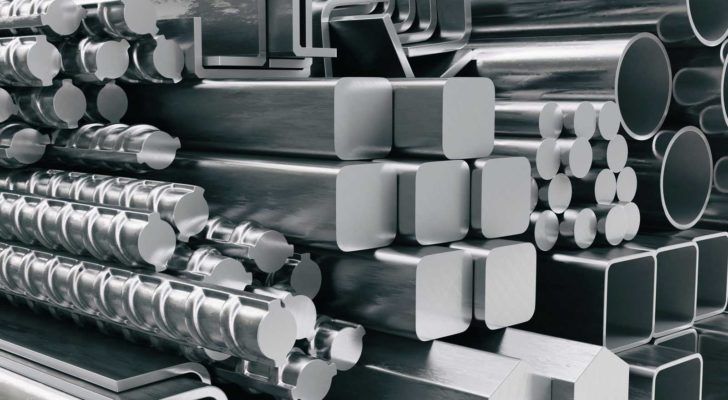Professional Comprehensive Building Materials Supplier
Steel: The More Sustainable Building Material
- Categories:News & Insights
- Author:
- Origin:
- Time of issue:2020-09-02 17:15
- Views:
Summary description:
Steel: The More Sustainable Building Material
Summary description:
- Categories:News & Insights
- Author:
- Origin:
- Time of issue:2020-09-02 17:15
- Views:
All construction products have some environmental impact, whether they're made from wood, steel, concrete or plastic. When assessing sustainability, it is important to measure all of a product's impacts, including the atmosphere, the environment, means of disposal, and durability. With all factors considered, steel is the option of choice.

Lower CO2 Emissions
While some claim that building with wood will help lower carbon dioxide (CO2) emissions due to "carbon capture," it's actually more of a "catch and release" phenomenon, as every year tens of millions of tons of wood waste end up in landfills, where a portion decomposes and releases CO2 and methane, a greenhouse gas with 25 times the harmful effects of CO2. Less than a quarter of U.S. landfills have the capability to collect and use this methane.
The current power generation process that burns half of a tree in order to generate the energy to convert the other half into structural materials can produce up to 50 percent more CO2 than coal-burning power plants. This is not a "renewable" and "sustainable" practice. Even though another tree is eventually planted, it will take years to mature. In the meantime, the forest is robbed of the oxygen, water storage and filtration, wildlife habitat, and other benefits that were provided by the mature tree.
Steel manufacturing has continually improved its energy use and levels of greenhouse gas emissions, achieving a 32% reduction in energy intensity and a 37% reduction in GHG intensity since 1990 in North America. Additionally, the industry remains committed to pioneering new steelmaking processes that leverage greener fuels and result in even greater reductions in CO2 emissions.

End-of-Useful-Life Scenarios
When a wood product reaches the end of its useful life in a building, there are few truly sustainable options for the next phase in its life cycle. Following its one-time use as a building component, it may be recycled into another product ― however, the new product is never the same as the original, and its ultimate destination will likely be a landfill. Recycled wood can be used in particleboard, or as landscaping mulch which rapidly decays, releasing its CO2 to the atmosphere. It can never be used to produce a new wood stud.
Steel products exhibit a decisive life cycle advantage versus wood since all steel products can be continually recycled into other steel products. A steel stud or beam can become a new stud or beam, or even a car or soup can or refrigerator, without any loss of strength.
Durability and Longevity
Steel structures can last for hundreds of years, making them cost-effective as well as sustainable. Steel is dimensionally stable and will not warp, split or creep. Steel framing provides a significantly greater strength-to-weight ratio than wood. It does not expand or contract with moisture content, and is not vulnerable to termites. Since steel is often fabricated off-site, it can reduce on-site labor, cycle time and construction waste.
Steel is a resilient material, with reserve strength and ductility that provide significant advantages in natural disasters such as hurricanes and earthquakes and in other extreme events like fire and blast. Steel is noncombustible and won't contribute to the spread of a fire, reducing fire risk to occupants, firefighters and property/business owners.

Degrading Natural Habitats
The claims that total forest cover in the United States has been steady or increasing over time neglect to differentiate between plantation tree farms and increasingly fragmented natural forest. These "degraded" forests have been converted to selectively logged plantations that provide reduced levels of ecosystem services.
All steel products can be recovered and recycled again and again into new high-quality products, and more than 80 million tons of steel are recycled annually in North America.
The Common-Sense, Sustainable Choice for Building Construction
Close examination based on facts, data and common sense illustrates that just because the wood product in a building was once part of a forest doesn't necessarily mean it was grown sustainably, harvested with care for the ecosystem, turned into a building product efficiently, or that it will eventually be disposed of intelligently. The smarter and more durable, cost-effective choice for reliable, strong, sustainable and efficient construction is continually recycled steel.
Source: Buildings
CONTACT US
Tel | 86-010-88082316
Email | aliciachn@outlook.com
BuildTech Corporation
China Building Materials Building, No. 11
Sanlihe Road, Haidian
Message
Please leave us a message, we will be at your service.
BuildTech Corporation © All Rights Reserved




